|
|
Post by E double D on Dec 15, 2007 12:37:55 GMT 5
mga kapatid, post natin mga pictures, arts, na gawa natin or ng iba na kahit ano... wag lamang po ang mga hubad na mga larawan 
peace and enjoy.. 
|
|
|
|
Post by E double D on Jan 1, 2008 14:24:10 GMT 5
ito may isa akong nakita nakakatuwa kasi pati pala sa kainan may away din. ang maskot drive by shooting ang ginawa. si mr. burger ang salarin kitang kita sa video   ito pa nakita nyo ba kung san sinipa? ito pa nakita nyo ba kung san sinipa?  kaya bagsak agad kalaban eh kaya bagsak agad kalaban eh  
|
|
|
|
Post by E double D on Jan 26, 2008 18:51:11 GMT 5
 sino may sabing sa pool lang pwede mag swimming? sino may sabing sa pool lang pwede mag swimming?  |
|
|
|
Post by E double D on Feb 20, 2008 16:00:42 GMT 5
 kung tayo makakaloro nitong player nato palagay ko lahat tayo mabubulag kung tayo makakaloro nitong player nato palagay ko lahat tayo mabubulag   isang napakalaking palaka nito isang napakalaking palaka nito  at ang pangalan nya malagasy frog. sarap adobo nito malaman hehehe at ang pangalan nya malagasy frog. sarap adobo nito malaman hehehe  |
|
|
|
Post by E double D on Mar 30, 2008 18:42:39 GMT 5
 may nagbigay sakin ng limos sa edsa at tuwang tuwa ako kasi now lang ako naka tanggap ng 5 pesos may nagbigay sakin ng limos sa edsa at tuwang tuwa ako kasi now lang ako naka tanggap ng 5 pesos  kasi laging bigay ng tao panay kundi 1 peso 2 pesos lang ito history 5 pesos kasi laging bigay ng tao panay kundi 1 peso 2 pesos lang ito history 5 pesos  |
|
|
|
Post by E double D on May 15, 2008 11:55:07 GMT 5
Windows Version 
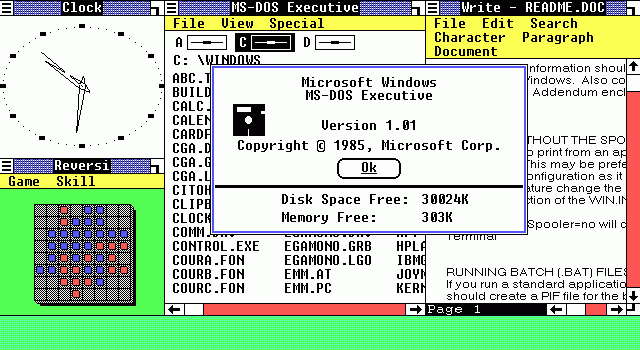
Windows 1.0
graphical operating environment released on November 20, 1985. It was Microsoft's first attempt to implement a multi-tasking graphical user interface-based operating environment on the PC platform. Windows 1.0 was the very first version of Windows launched.

Windows 2.0
Microsoft Windows graphical user interface-based operating environment that superseded Windows 1.0.
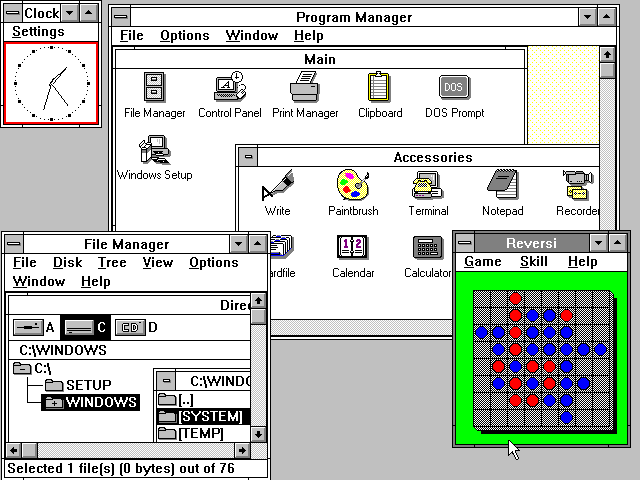
Windows 3.0
Windows 3.0 is the third major release of Microsoft Windows, and came out on May 22, 1990. It became the first widely successful version of Windows and a powerful rival to Apple Macintosh and the Commodore Amiga on the GUI front. It was succeeded by Windows 3.1.
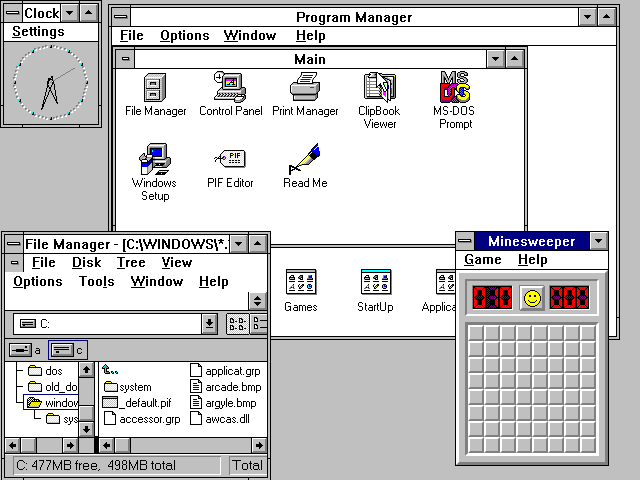
Windows 3.11
Windows 3.1 is the fourth major release of the Microsoft Windows operating environment. Several editions were released between 1992 and 1994, succeeding Windows 3.0. This family of Windows can run in either Standard or 386 Enhanced memory modes. The exception is Windows for Workgroups 3.11, which can only officially run in 386 Enhanced mode. This version of Windows was and still is the basis for making personal computers necessary, practical, and much better and user-friendly.
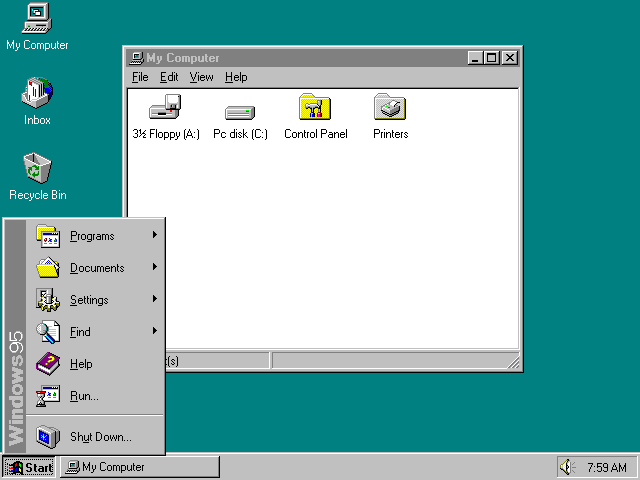
Windows 95
Windows 95 is a consumer-oriented graphical user interface-based operating system. It was released on August 24, 1995 by Microsoft,[2] and was a significant progression from the company's previous Windows products. During development it was referred to as Windows 4.0 or by the internal codename Chicago.
Windows 95 was intended to integrate Microsoft's formerly separate MS-DOS and Windows products and includes an enhanced version of DOS, often referred to as MS-DOS 7.0. It features significant improvements over its predecessor, Windows 3.1, most visibly the graphical user interface (GUI) whose basic format and structure is still used in later versions such as Windows Vista. There were also large changes made to the underlying workings, including support for 255-character mixed-case long filenames and preemptively multitasked protected-mode 32-bit applications. Whereas its predecessors are optional "operating environments" requiring the MS-DOS operating system (usually available separately), Windows 95 is a consolidated operating system, which was a significant marketing change.
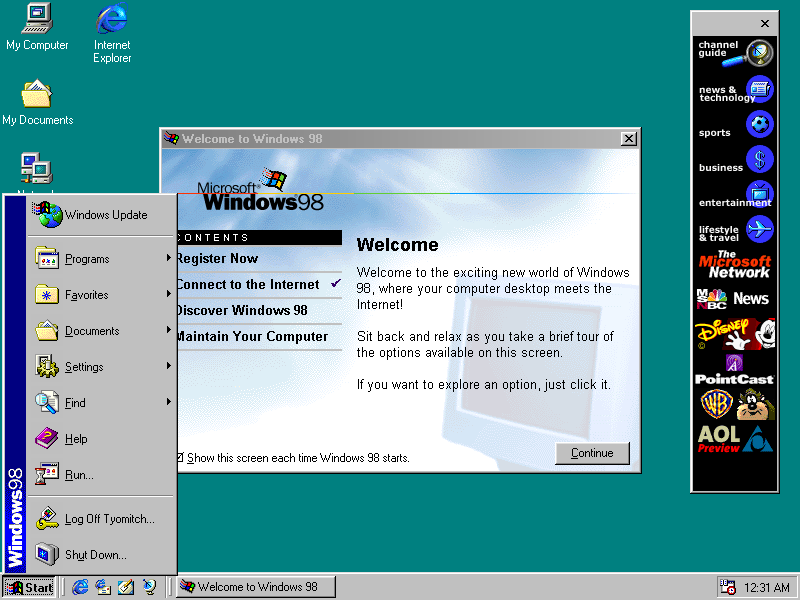
windows 98
Windows 98 (codenamed Memphis) is a graphical operating system released on June 25, 1998 by Microsoft and the successor to Windows 95. Like its predecessor, it is a hybrid 16-bit/32-bit monolithic product based on MS-DOS. Windows 98 was succeeded by Windows Me on September 14, 2000.
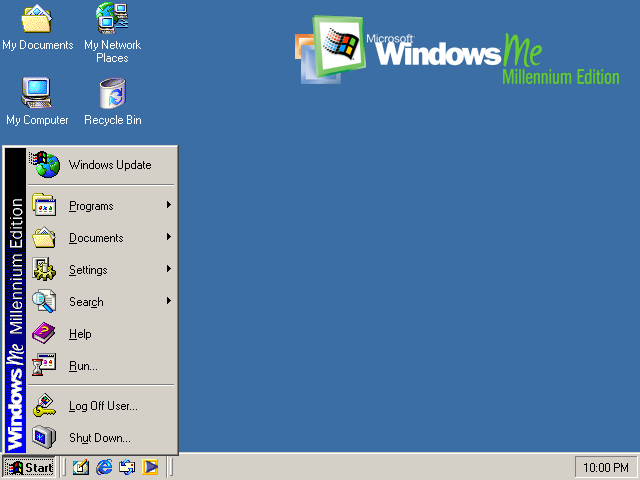
Windows Millennnium Edition/Windows ME
Windows Millennium Edition, or Windows Me (IPA pronunciation: [miː], [ɛm iː]), is a hybrid 16-bit/32-bit graphical operating system released on September 14, 2000 by Microsoft.[2] It was originally codenamed Millennium.
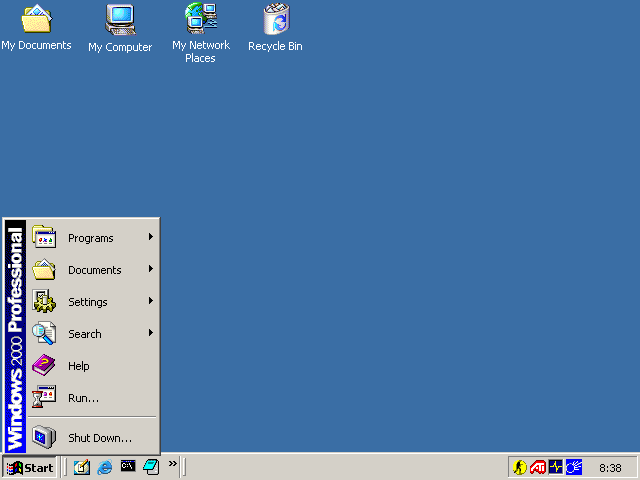
Windows 2000
Windows 2000 (also referred to as Win2K) is a preemptive, interruptible, graphical and business-oriented operating system designed to work with either uniprocessor or symmetric multi-processor computers. It is part of the Microsoft Windows NT line of operating systems and was released on February 17, 2000. [4] It was succeeded by Windows XP in October 2001 and Windows Server 2003 in April 2003.[5] It is a hybrid kernel operating system.
Four editions of Windows 2000 were released: Professional, Server, Advanced Server, and Datacenter Server. Additionally, Microsoft sold Windows 2000 Advanced Server Limited Edition and Windows 2000 Datacenter Server Limited Edition, which were released in 2001 and run on 64-bit Intel Itanium microprocessors.[6] While each edition of Windows 2000 was targeted to a different market, they share a core set of features, including many system utilities such as the Microsoft Management Console and standard system administration applications. Support for people with disabilities was improved over Windows NT 4.0 with a number of new assistive technologies, and Microsoft increased support for different languages and locale information. All versions of the operating system support the Windows NT filesystem, NTFS 3.0,[7] the Encrypting File System, as well as basic and dynamic disk storage. The Windows 2000 Server family has additional features, including the ability to provide Active Directory services (a hierarchical framework of resources), Distributed File System (a file system that supports sharing of files) and fault-redundant storage volumes. Windows 2000 can be installed through either an attended or unattended installation. Unattended installations rely on the use of answer files to fill in installation information, and can be performed through a bootable CD using Microsoft Systems Management Server, by the System Preparation Tool.
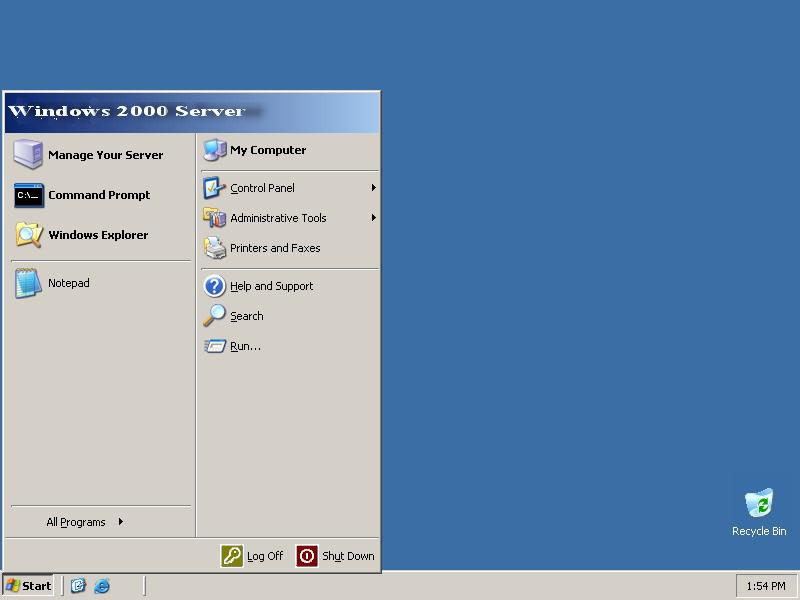
Windows 2003 Server
Windows Server 2003 (also referred to as Win2K3) is a server operating system produced by Microsoft. Introduced on April 24, 2003 as the successor to Windows 2000 Server, it is considered by Microsoft to be the cornerstone of their Windows Server System line of business server products. An updated version, Windows Server 2003 R2 was released to manufacturing on 6 December 2005. Its successor, Windows Server 2008, was released on February 4, 2008.
According to Microsoft, Windows Server 2003 is more scalable and delivers better performance than its predecessor, Windows 2000.[2]
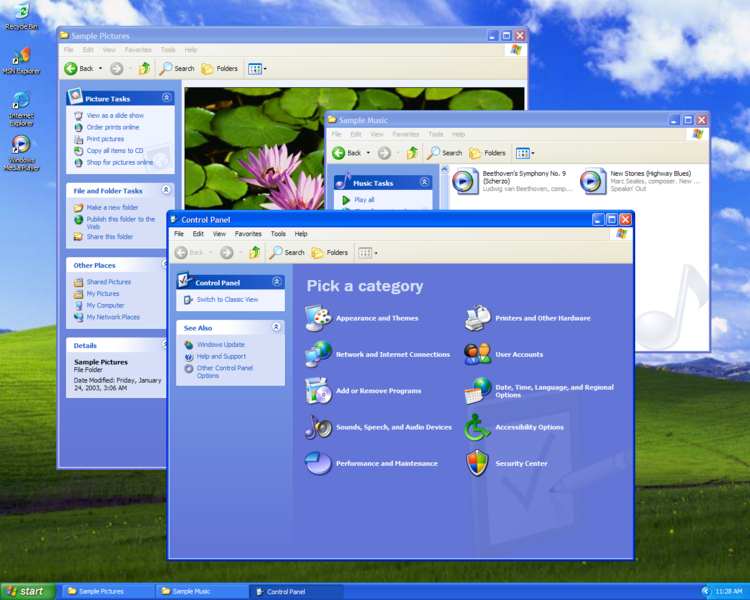
Windows XP
Windows XP is a line of operating systems developed by Microsoft for use on personal computers, including home and business desktops, notebook computers, and media centers. The name "XP" stands for eXPerience.[2] It was codenamed "Whistler", after Whistler, British Columbia, as many Microsoft employees skied at the Whistler-Blackcomb ski resort during its development.[3] Windows XP is the successor to both Windows 2000 Professional and Windows Me, and is the first consumer-oriented operating system produced by Microsoft to be built on the Windows NT kernel (version 5.1) and architecture. Windows XP was first released on October 25, 2001, and over 400 million copies were in use in January 2006, according to an estimate in that month by an IDC analyst.[4] It is succeeded by Windows Vista, which was released to volume license customers on November 8, 2006, and worldwide to the general public on January 30, 2007.
The most common editions of the operating system are Windows XP Home Edition, which is targeted at home users, and Windows XP Professional, which has additional features such as support for Windows Server domains and two physical processors, and is targeted at power users and business clients. Windows XP Media Center Edition has additional multimedia features enhancing the ability to record and watch TV shows, view DVD movies, and listen to music. Windows XP Tablet PC Edition is designed to run ink-aware applications built using the Tablet PC platform. Two separate 64-bit versions of Windows XP were also released, Windows XP 64-bit Edition for IA-64 (Itanium) processors and Windows XP Professional x64 Edition for x86-64.
Windows XP is known for its improved stability and efficiency over the 9x versions of Microsoft Windows. It presents a significantly redesigned graphical user interface, a change Microsoft promoted as more user-friendly than previous versions of Windows. New software management capabilities were introduced to avoid the "DLL hell" that plagued older consumer-oriented 9x versions of Windows. It is also the first version of Windows to use product activation to combat software piracy, a restriction that did not sit well with some users and privacy advocates. Windows XP has also been criticized by some users for security vulnerabilities, tight integration of applications such as Internet Explorer 6 and Windows Media Player, and for aspects of its default user interface. Later versions with Service Pack 2, and Internet Explorer 7 addressed some of these concerns.
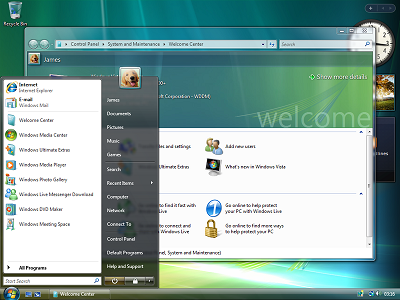
Windows VISTA
Windows Vista (pronounced /ˈvɪstə/) is a line of operating systems developed by Microsoft for use on personal computers, including home and business desktops, laptops, Tablet PCs, and media centers. Prior to its announcement on July 22, 2005, Windows Vista was known by its codename "Longhorn".[1] Development was completed on November 8, 2006; over the following three months it was released in stages to computer hardware and software manufacturers, business customers, and retail channels. On January 30, 2007, it was released worldwide to the general public,[2] and was made available for purchase and downloading from Microsoft's web site.[3] The release of Windows Vista comes more than five years after the introduction of its predecessor, Windows XP, the longest time span between successive releases of Microsoft Windows.
Windows Vista contains many changes and new features, including an updated graphical user interface and visual style dubbed Windows Aero, improved searching features, new multimedia creation tools such as Windows DVD Maker, and redesigned networking, audio, print, and display sub-systems. Vista also aims to increase the level of communication between machines on a home network, using peer-to-peer technology to simplify sharing files and digital media between computers and devices. Windows Vista includes version 3.0 of the .NET Framework, which aims to make it significantly easier for software developers to write applications than with the traditional Windows API.
Microsoft's primary stated objective with Windows Vista, however, has been to improve the state of security in the Windows operating system.[4] One common criticism of Windows XP and its predecessors has been their commonly exploited security vulnerabilities and overall susceptibility to malware, viruses and buffer overflows. In light of this, Microsoft chairman Bill Gates announced in early 2002 a company-wide "Trustworthy Computing initiative" which aims to incorporate security work into every aspect of software development at the company. Microsoft stated that it prioritized improving the security of Windows XP and Windows Server 2003 above finishing Windows Vista, thus delaying its completion.[5]
While these new features and security improvements have garnered positive reviews, Vista has also been the target of much criticism and negative press. Criticism of Windows Vista has targeted high system requirements, its more restrictive licensing terms, the inclusion of a number of new digital rights management technologies aimed at restricting the copying of protected digital media, lack of compatibility with certain pre-Vista hardware and software, and the number of authorization prompts for User Account Control. As a result of these and other issues, Vista has seen adoption and satisfaction rates lower than Windows XP.[6]
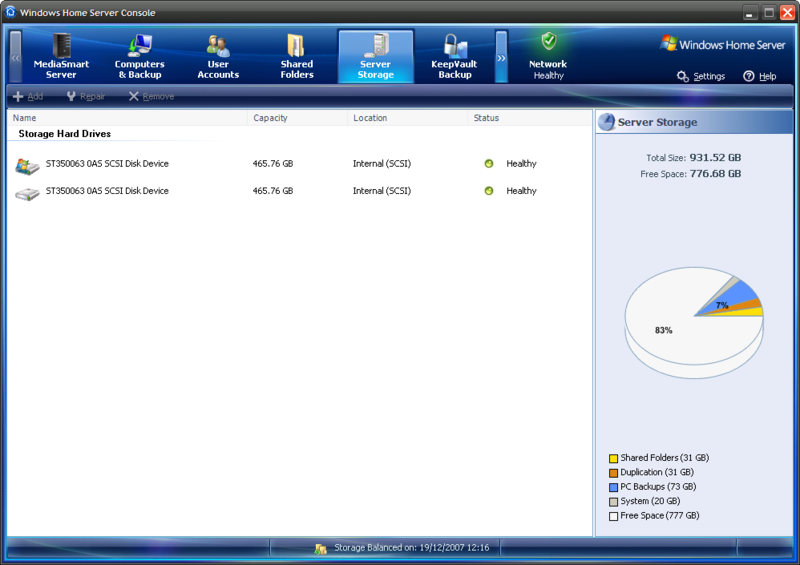
Windows Home Server
Windows Home Server is a home server operating system from Microsoft. Announced on January 7, 2007, at the Consumer Electronics Show by Bill Gates, Windows Home Server is intended to be a solution for homes with multiple connected PCs to offer file sharing, automated backups, and remote access.[3][4] It is based on Windows Server 2003 SP2.[5]
Windows Home Server was released to manufacturing on July 16, 2007.Microsoft Windows MS-DOS: 1.0> 2.0> 2.1x> 3.0> 3.1x> 95> 98> Me.
NT: NT 3.1> NT 3.5> NT 3.51> NT 4.0> 2000> XP (editions)> Server 2003> Fundamentals for Legacy PCs> Vista (editions)> Home Server > Server 2008. 
|
|
|
|
Post by aeron on Aug 30, 2008 19:19:44 GMT 5
|
|
|
|
Post by E double D on Mar 10, 2009 17:04:15 GMT 5
 dito sa lugar na ito nyo makikita na ang lahat ng lalake ay puro bading at kung nawawala ang mister or boy friend nyo malang andito sya! dito sa lugar na ito nyo makikita na ang lahat ng lalake ay puro bading at kung nawawala ang mister or boy friend nyo malang andito sya!  |
|
|
|
Post by E double D on Apr 11, 2009 18:22:17 GMT 5
 kayong mga masasamang tao sa October 10, 2010 na pala 2nd coming kayong mga masasamang tao sa October 10, 2010 na pala 2nd coming kaya may panahon pa kayo para magbago at maging mabait sa mga BUSABOS tulad namin... kaya may panahon pa kayo para magbago at maging mabait sa mga BUSABOS tulad namin...  pag dumating sya sa barong-barong natin or kahit sa tambakan natin ang sasabihin ko ay pag dumating sya sa barong-barong natin or kahit sa tambakan natin ang sasabihin ko ay   |
|